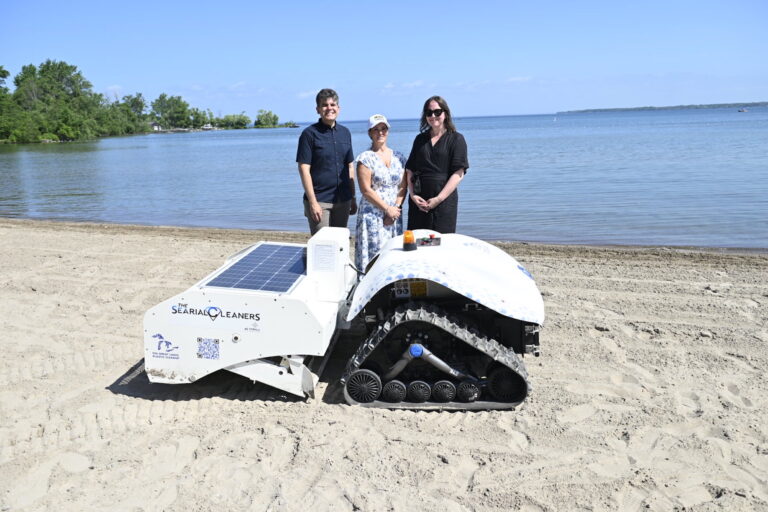Tuesday, July 1, 2025
All Canadians are expected to do their part in reducing the spread of the coronavirus disease of 2019 (COVID-19). But it’s difficult to know what to do when information seems to be changing by the day. While initial data indicated infection is more likely to occur through close contact with an infected person than by touching a contaminated surface, there is new information that reveals a more extensive risk of transmission – especially with high-touch surfaces and objects.
The New England Journal of Medicine recently published the results of a study that tested how long the virus can remain stable on different kinds of surfaces within a controlled laboratory setting. Researchers found that the coronavirus is still detectable on copper for up to four hours, on cardboard for up to 24 hours, and on plastic and steel for up to 72 hours. The study, which measured the survival of virus in five environmental conditions (aerosols, plastic, stainless steel, copper, and cardboard) – has many alarmed at the risk of transmission through everyday items like mail.
However, David Evans, a professor at the Department of Medical Microbiology & Immunology at the University of Alberta, who also sits on the World Health Organization’s subcommittee on Variola Virus Research, provides perspective to the study results.

Were you surprised to learn that the coronavirus can live on cardboard for up to 24 hours?
I was not that surprised by the result. The complicating factor where porous surfaces are concerned is not just the survival time, but how easy or hard it is to get the virus back off. These authors used a swab to retrieve the virus from a dried and concentrated spot on the cardboard surface but give no other details like how hard they rubbed, or whether the swab was wet. Wet is important, because once dried on it can be tough to get a virus back off. So what they did is very different from briefly contacting a package like you or I would.
Should Canadians be concerned about decontaminating mail packages?
When you add in the time it takes for a package to travel from source to mailbox, by the time you handle it it’s highly unlikely there’s anything left to pick up off the surface. If people are worried, they should wash their hands afterwards.
What are the top three strategies you recommend to stay safe and minimize the risk of transmission?
I always recommend that people follow AHS [Alberta Health Services] or Health Canada guidelines. Handwashing, social distancing, and regular cleaning of surfaces that get touched all the time including phones.
Are there particular cleaning resources or products that you recommend and that are accessible to the greater public?
Health Canada has a site that offers general guidance as well as searchable lists of approved disinfectants and hand sanitizers. Viruses are much easier to inactivate than bacteria, being very sensitive to heat (>60˚), alcohols, and detergents. Health Canada is recommending either regular household cleaners, used as directed, or diluted bleach. That’s sound advice. I’ve used stuff like this in my labs for 30 years.
That said, beware of the “advice” spread by social media and the internet. If it’s not got some regulatory evidence behind it don’t trust it. No matter how much you like the idea.
For further information from the Public Health Agency of Canada, click here.
To read the study in the New England Journal of Medicine, click here.
Image of David Evans from the University of Alberta.











